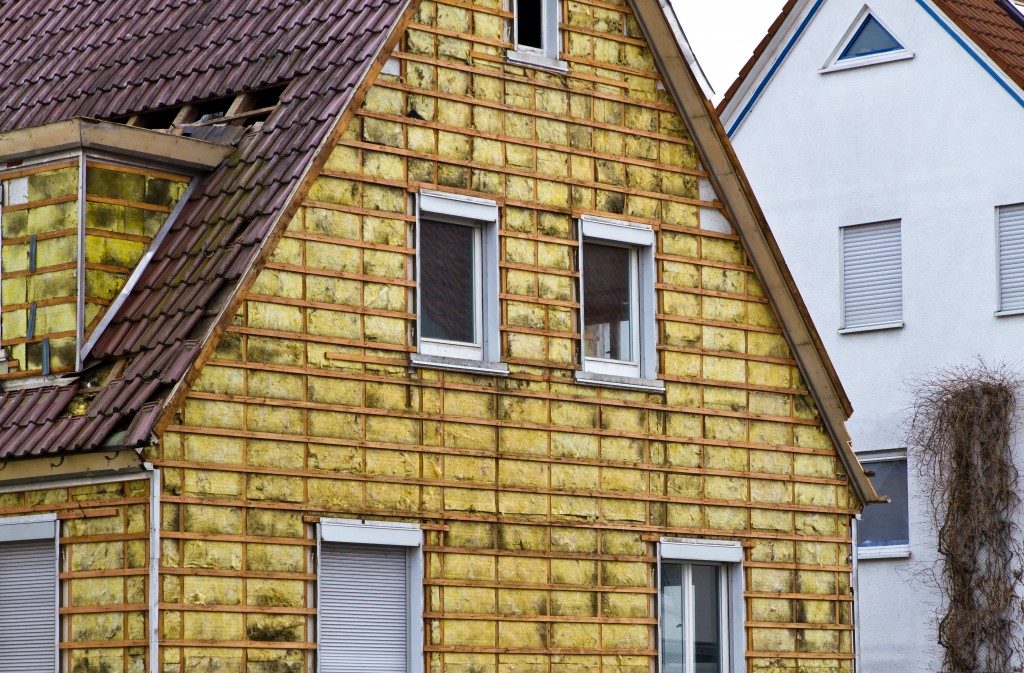Extreme temperature is being felt all around the world. In Australia and India, the summer season means tires melting on asphalt and concrete roads as temperature hits 121.1 degrees Fahrenheit. At the other end of the world, in the Americas, particularly in Canada and places in the U.S. East Coast such as New York and Chicago, the polar vortex freezes lakes and streams and people need to bundle themselves in layers of clothes to survive the mind-numbing, brain-freezing cold.
According to environmentalists, climate change has impacted the extreme weather conditions in polar regions of the world. Fortunately, there is a solution to this. If you notice, there are many insulation contractors in Kansas City, which is one of the major cities suffering from extreme temperatures. The proper insulation of homes and offices is not only beneficial for the inhabitants of residential or commercial space; it is also good for the environment, in general.
Adding insulation in your homes or offices will regulate the temperature, making the space more comfortable and enjoyable for those who stay there. This is also extremely important when an office space houses supercomputers and other equipment that require the cool temperature to work properly.
Reduced environmental impact
An insulated space will be using less energy for cooling or heating the room. Because an insulation system keeps the temperature of the room regulated, there is less dependence on air-conditioning and heating systems. This will reduce the carbon footprint and also minimize the amount of chemicals released into the environment from air conditioning units.
Energy efficiency is the most important consideration when insulating your homes or offices. There is a great need to reduce society’s dependency on fossil fuels so systems and facilities that will allow society to be more independent in terms of energy production will benefit the environment. Burning coal, oil, and gas increase carbon dioxide emissions, which have an adverse effect on global warming.
According to the Department of Energy, some of the best insulating materials are fiberglass, cotton batts, cellulose, and open-cell polyurethane foam, which all have an R-value of 3.5 per inch. Closed-cell polyurethane foam is of greater quality with an R-value of 6 per inch. But for those who want the best energy efficient insulator installed in their homes and offices, you may want to check out spray foam insulation, which offers superior air sealing capability that can address air loss because of gaps, cracks, and crevices.
R-value is the standard used to measure thermal resistance. The higher the R-value of a material, the more effective its insulating capabilities are.
Recyclable materials

There’s a great deal of recyclable content in the materials used to insulate your homes and offices. Two of the most environment-friendly insulation solutions are cellulose insulation and cotton insulation. Cellulose insulation is an organic compound that is produced from recycled paper. Unknowingly, by throwing the paper into the recycle bin, you are helping produce the organic compound needed for cellulose insulation. According to www.cellulose.org, this type of insulation contains the highest recycled content at about 80 to 85 percent.
Cotton insulation is literally made from pieces of clothing, denim, to be more particular. Scraps of denim can be recycled into cotton insulation materials. Like cellulose insulation, cotton insulation is made up of 85 percent recycled material while the remaining 15 percent is comprised of plastic treated borate, which is a fire retardant and insect repellant used also in cellulose.
There is never a better time to help protect the environment than today. The choices you make regarding the insulation of your homes and offices will directly impact the world we live in, so choose wisely.

